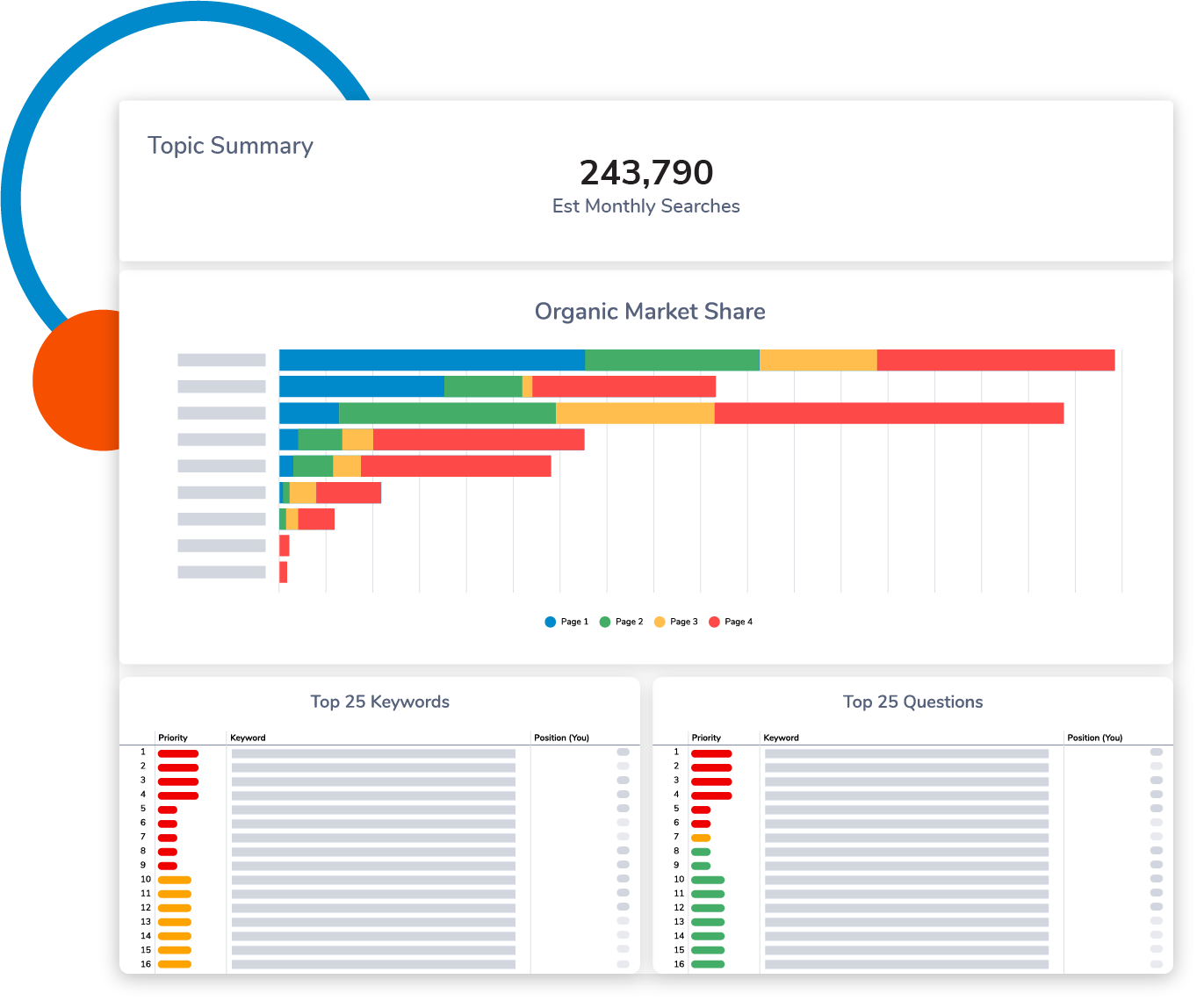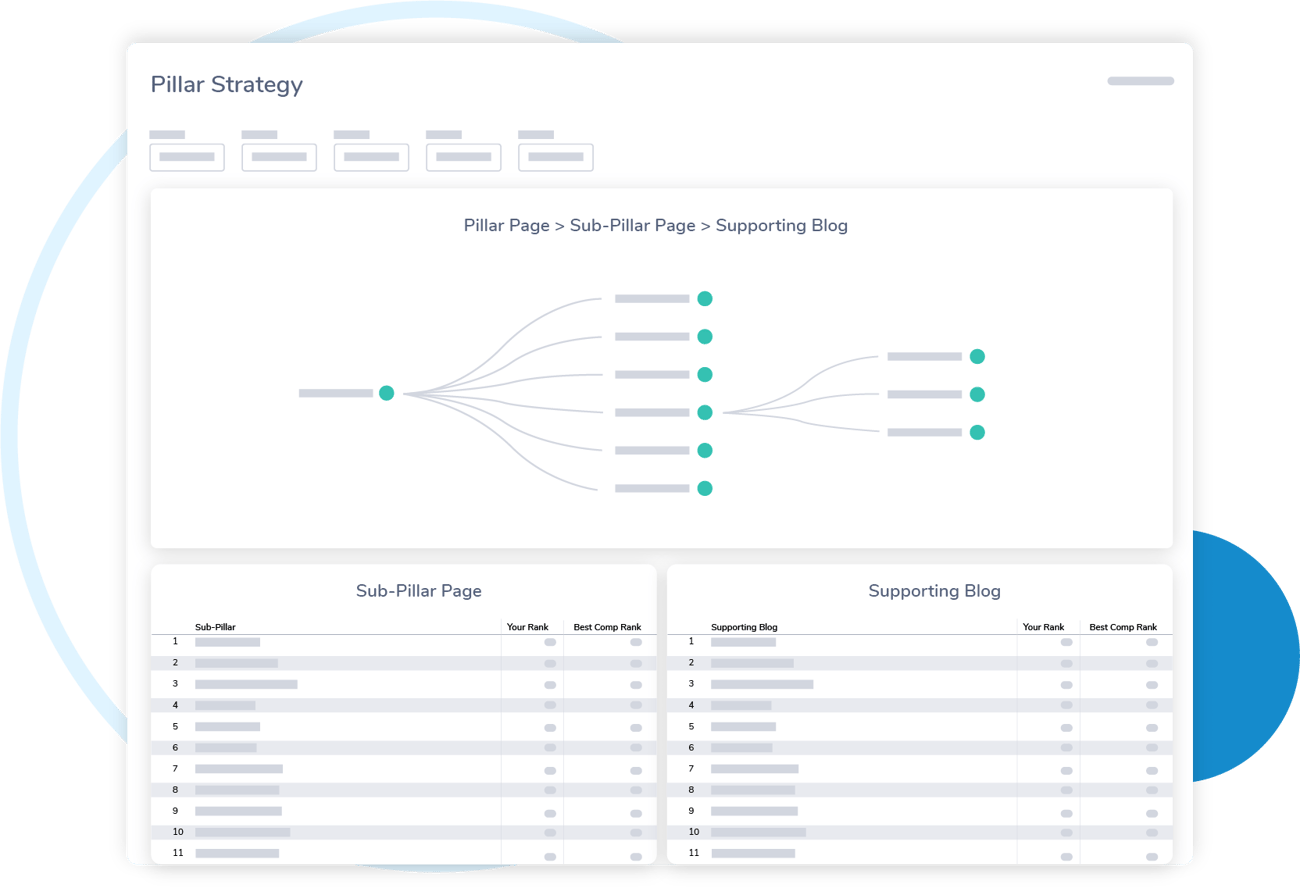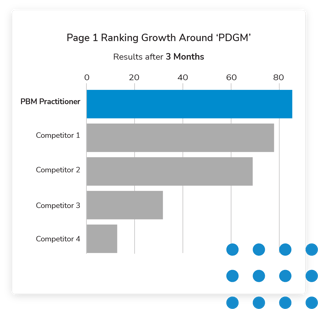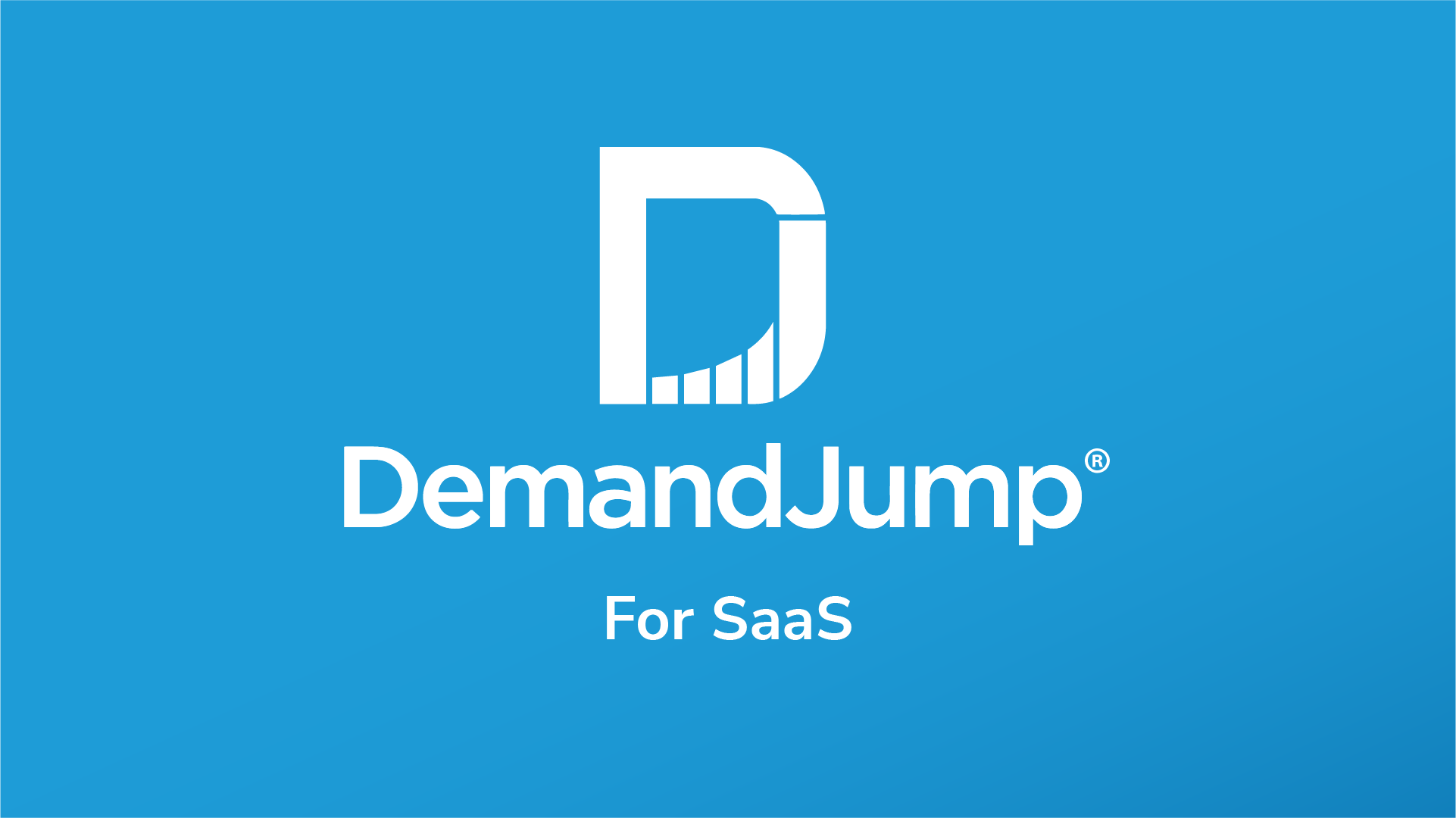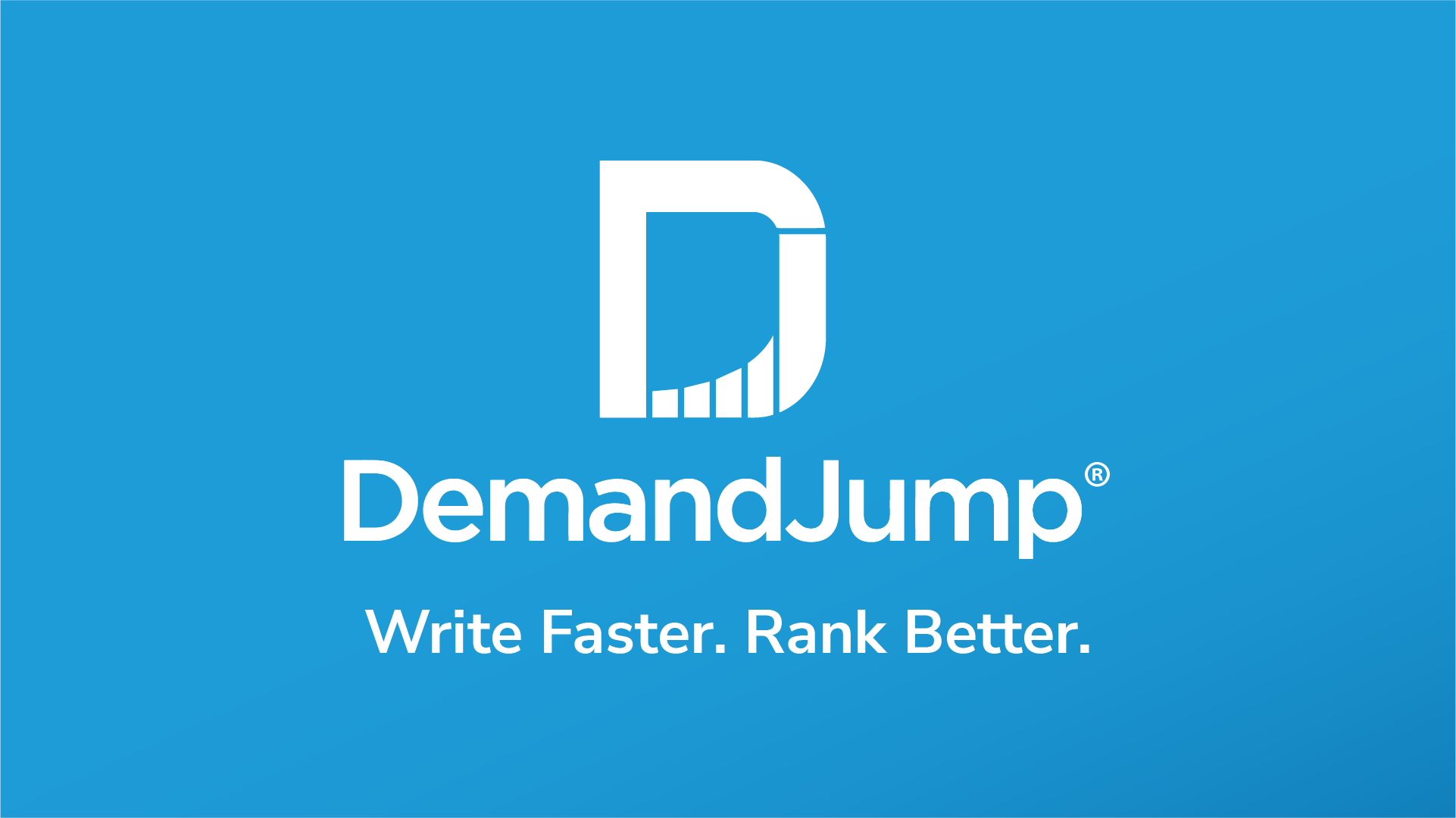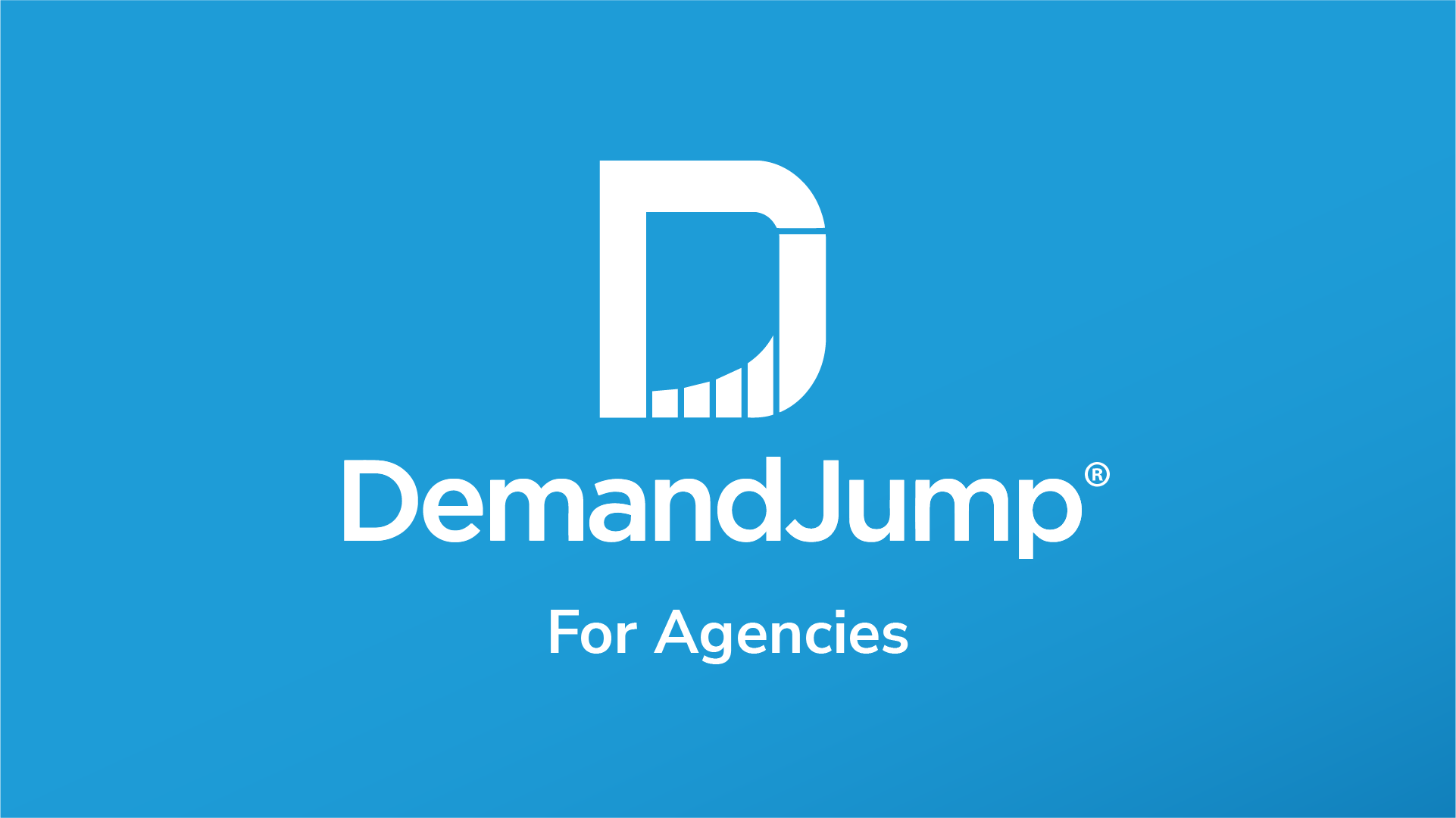Content Optimization
For marketers, the number one goal of search engine optimization (SEO) is to create compelling branded content that will reach as many sets of eyeballs as possible. Whether the goal is to increase brand awareness, drive adoption of a certain product or service, or even thought leadership, you have to implement sound SEO tactics. Even the best content is going to fall flat without a proper understanding of SEO principles, or fundamental content optimization tools and techniques.
What does it mean to optimize content, though? And what are the steps you perform for optimization?
In this, our ultimate guide to content optimization in SEO, we’ll answer this question, offering helpful tidbits of insight along the way. That way, you can better understand what it takes to make sure your content strategy is sound and the content behind it is effectively optimized. We’ll cover the basics of how to do content optimization, so you make sure your time, energy, and effort aren’t all for naught.
What Is Content Optimization in SEO?
Content optimization is, for the most part, exactly what it sounds like: the process of making sure your published content is tied to a sound SEO strategy. Optimization also ensures that your content will perform well—not only with search engines, but human readers as well. Or, as Content Marketing Institute defines it, content optimization aims to “adjust and amplify your messages, refine your audience targeting, and repurpose your best content to improve the marketing impact of every campaign.”
In other words, content optimization is all about working smarter, not harder—to maximize the value of what you’re putting out into the world.
Why Is Content Optimization Important?
While the main objective of SEO is making your content relevant and connecting with human beings looking for information, content optimization works on a deeper, more technical level as well.A number of compelling benefits come with content optimization. By catering to how search engines process and understand content, content optimization increases traffic from organic search—which steadily accounts for over half of web traffic. Not only do higher organic search rankings connect potential customers to your site, they also improve brand awareness, which helps build familiarity and trust with potential customers.
It’s difficult to overstate the importance of where your website ranks in search engine results. The top 3 links in organic search results get 75% of all clicks. But would it surprise you to learn that over 90% of webpages receive no organic search traffic from Google at all?
With a solid foundation of keyword research and a working understanding of content optimization, content marketers can set themselves up for success by crafting an intentional, data-backed strategy—and executing it, of course.
What Is the Difference Between Content Optimization and SEO?
Content optimization and SEO are neither synonyms nor opposites; rather, content optimization is an extension of search engine optimization. Basically, SEO is a broad concept describing a range of techniques for producing keyword-driven content. Content optimization goes further, then, and involves enhancing and strengthening existing content in order to better align with what customers are looking for—and what’s performing well on search engines.
How Does Optimizing Your Content Help Improve Its Performance?
When content is well-optimized for SEO, it signals to search engines that “this content is informative and relevant” and “this source is a reputable source of information.” As a result, your content will start showing up higher within search engine results pages (SERPs), where it’s more likely to attract and engage prospective customers.
Fortunately, content marketers don’t have to choose between producing content for either search engines or humans—the best content optimization techniques work for both. This, of course, makes sense when you read about Google’s “helpful content system,” which helps “ensure people see original, helpful content created for people in search results.” The old days of shady brute-force SEO (keyword stuffing, etc.) are behind us, and we’re not in an age where if your content isn’t genuinely helpful, it’s simply not going to perform well.

At the end of the day, by making your content helpful and relevant—and optimizing it for SEO—you can improve your results with search engines and humans alike, a two-fold victory for the humble content marketer!
What Is the SEO Content Optimization Process?
While the SEO content optimization process doesn’t have to be necessarily linear, it often makes sense to consider it a step-by-step process. This approach not only helps to ensure that you don’t miss anything important or duplicate your efforts, but also to provide a repeatable system for creating optimized content—basically optimizing your optimization! Next, we’re going to outline some of the keys to content optimization, grouped into three key phases:
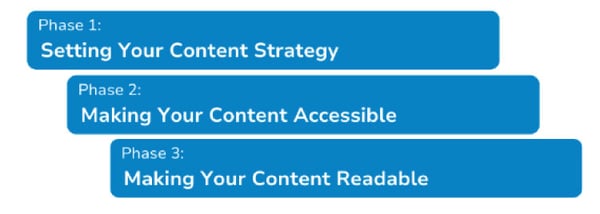
Phase 1: Setting Your Content Strategy
The first key to exceptional content is setting a sound strategy. What does your organization want to accomplish with its content? You may set one or more content objectives, like increasing brand awareness, engaging in thought leadership within your industry, emphasizing competitive advantages, and so on.
It’s usually best if your content strategy is based on keyword and/or competitor research, not just pulled from the ether (or elsewhere). This establishes the importance of keyword research.
Using a keyword research tool like DemandJump makes it easy to see exactly what your customers are searching for—down to the exact wording—giving you valuable insights into what types of content might interest them in your brand. As you identify relevant keywords and questions to incorporate into your content, then, you can also track how they’re performing—including where opportunities lie to pass up your competitors.
Generating a Keyword List
While a versatile, AI-powered keyword research tool like DemandJump can streamline the research process, you don’t necessarily need it to start understanding your audience’s search behavior.
In fact, you can start by simply experimenting with running some Google searches. Start typing a keyword idea (e.g., your brand name, or a specific product or service). Take note of Google’s autocomplete suggestions, since these are based on actual searches being run by real users. Following some of those suggestions, then, you can click on some of the “People Also Asked” snippets, and scroll through some of the top webpage results. In doing so, you’ll start to develop a network of inter-related topics to explore within your content.
A better option is to use an AI-powered keyword generator tool—like DemandJump. While there are many, many(!) keyword generator options available online, it’s important to note that they are far from equal. And so, while there are free content writing tools for SEO optimization, you do often get what you pay for. That being said, even a free tool—or just searching Google (like described above)—is better than nothing.
In virtually every case, the modest price point of a platform like DemandJump—which also provides one-click content outlines, data-backed content strategies, and more—is well worth it. If you’re serious about SEO and content optimization, don’t leave it to chance.
Narrowing Your Keyword List
Once you’ve created a list of high-interest keywords and questions, you’re ready to start narrowing the list and setting a cohesive strategy. There are a few different ways to categorize keywords, and once you understand the types, you can make the right decisions about which keywords to include in your content. In this section, we’re going to look at two different ways to categorize keywords: by type (short-, long-, and mid-tail) and by intent (informational, navigational, and commercial/transactional).
Short-, Long-, and Mid-Tail Keywords
Typically, an effective keyword strategy incorporates a mix of short-tail, mid-tail, and long-tail keywords—as well as an appropriate mix of intention-targeting keywords. Let’s take a closer look at each of these before getting into the content writing stage, starting with short-, long-, and mid-tail keywords.
- Short-Tail: These highly-competitive, high-volume keywords usually include 1 or 2 valuable keywords. For example, “content optimization” is one of this very article’s short-tail keywords. It’s obviously broad and general, but serves as a central thought without the wider range of available short-, long-, and mid-tail keywords.
- Long-Tail: Compared with short-tail keywords, these longer keyword phrases (generally, 4 or more words). In many cases, they are longer phrases that include one or more short-tail keywords. In these cases, the long-tail keyword has a more specific context and less competition than short-tail keywords. A long-tail keyword applicable to this article would be the question, “Why is content optimization so important?” At DemandJump, we have found that long-tail keywords that ask a specific question typically perform well as supporting blogs within a larger content strategy, since they represent what people are (literally) Googling. In fact, around 70% of search queries are asked with long-tail keywords.
- Mid-Tail: If you understand short-tail and long-tail keywords, then mid-tail keywords occupy the middle ground. In terms of both length and specificity, they fall right between the two extremes. Competition- and volume-wise, same thing. These are ordinary, common types of searches; “SEO content optimization” is a good example of a mid-tail keyword applicable to this article.
Keywords by Search Intent
Another area in which you need to achieve a balance in keyword types centers around searcher intent. When you understand not only what people are searching for, but why (and even when) they’re doing those searches, you can tailor the content accordingly (more on this in the Accessibility and Readability sections that follow).
Without dwelling too long on it, here’s what you need to know about search intent. First, “intent” is typically categorized into one of three buckets, indicative of where the searcher is within the potential decision/buying process. These are informational, navigational, and commercial or transactional.
- Informational: These keywords relate to specific information a searcher is looking for, whether they’re hoping to find a guide, tutorial, recipe, checklist, etc.
- Navigational: These keywords relate to a specific website, or brand—DemandJump, for example.
- Commercial / Transactional: Sometimes used interchangeably, these keywords relate to a searcher who is either considering their options (commercial) or ready to make a purchase (transactional).
It probably goes without saying to most content marketers, but it’s best to tailor your content to what you understand about your prospective customers’ intent. For example, if you’re finding that the most valuable keywords are asking specific, technical questions, content that offers broad fundamentals may not perform well, since these buyers are past the “surveying our options” phase and onto the “how would this work for my business?” phase.
Phase 2: Making Your Content Easily Accessible
Once you have the right keywords selected, it’s time to put them to use! Making content “accessible” means taking steps to cater it to how search engines understand and categorize content on the web—in other words, using content optimization strategies to improve where your company shows up within search results . By strategically incorporating the right keywords into your content (not just in the main body text, but also in headers and titles, meta descriptions, and more), you can start rising up in the search results.
Before you start loading up your text with keywords, though…pump the brakes for a second. There is such a thing as too many keywords. And not only are modern search engines savvy enough to tell when content is guilty of “keyword stuffing,” readers can often tell, too, and there’s a good chance readers who feel they’re being “sold to” are less likely to trust what they read/see online. It also just makes your content read like spam—far from a credible authority. Use keywords both strategically and naturally. In other words, incorporate them without disrupting the general tone and flow of the writing.
Headlines, Meta Descriptions, and URLs
On-page SEO factors like website headlines, meta descriptions, and URLs help search engines to understand your website’s content—as well as its overall quality. When someone searches for a particular word or phrase in a search engine, the headline is the main/first thing they’ll see—and it’s what they’ll click on if they believe the content will be relevant (based on your headline). The headline may or may not match the webpage’s title.
The meta description, then, is the snippet or blurb of smaller text beneath the heading. Meta descriptions are generally best if they’re only a sentence or two long—while they can be longer, they’ll be automatically truncated at around 160 characters (shorter for mobile).
This may surprise you, but the content of your site’s URL also contributes to content optimization. Relatively simple, orderly-looking URLs are best, generally—using words, separated by dashes or underscores, for example, as opposed to random-seeming, spammy-looking gobbledygook.
Phase 3: Making Your Content Readable
Alright, so you’ve done keyword research and assembled a great list of keywords. You’ve done the right things with regard to the page’s headline, meta description, and URL. What does that mean for your content? It means it’s now smack-dab in front of your audience. This is where the importance of well-written content, optimized for SEO, becomes apparent.
Once your prospective customers start reading, will they like what they’re finding? Will the page be what they expected? Will it provide the information they were looking for? Is it easy to understand? If the article’s title and meta description describe one thing, but your content’s focused on something else, customers will probably navigate away from your page (feeling baited-and-switched) and on to the next result—which may be a competitor!
By applying a few principles of readability and structure to your content, however, you can help to ensure that your audience finds exactly what they’re looking for.
Readability and Structure
If your content isn’t structured well, it’s likely to turn readers away. No one wants to read an uninterrupted wall of text—it’s an awful reading experience, and it can be difficult to suss out where the pertinent information might be hiding. Remember, most web searchers are looking for specific information, so you don’t want to make that information the equivalent to a needle in a haystack.
Keys to a good reading experience broadly include:
- Using descriptive headers and appropriately-sized paragraphs with topic sentences. This way, if a reader wants to skim and find something specific, without reading the entire page, they can. When you can use keywords in your H2 and H3 headings, even better.
- Including relevant images to illustrate or enhance key points, and also to break up the text. Stock images tend to perform alright, but if you can create custom images that are consistent with your branding and content, you’ll be in even better shape.
- Write at a reasonable reading level and voice/tone for the audience and content. Err on the side of being clear and concise. For business-related writing, you should aim for a reading level around 8th to 10th grade.
Next, let’s take a closer look at how headings and subheadings, images, and links are best used when it comes to optimizing your content.
Headings and Subheadings
Using headings and subheadings that are clear, descriptive, and well-organized helps indicate both to search engines and human readers that your content is credible and well-organized.
For readers, headings make content much easier to read and digest. In the case of searchers who are after very specific information, clear and descriptive headings make your content much easier to skim for that info.
It used to be that including keywords in headings was a reliable method for moving up in the search rankings. That’s less the case now, however, as—like with many strategies and best practices—once more and more brands loaded their headings with keywords, it became a less reliable way to impact your ranking. It’s great if you can use keywords in your headers, sure, but only if they make sense. The more important consideration is making information readable and well-organized.
Images
Including images within your content can also help improve readability, by breaking up the text and potentially illustrating or reinforcing key ideas. When visual content is especially effective, it can lead to greater circulation for your content, as readers might share particularly useful visuals—infographics, for example—with colleagues and/or social media.
Including visual elements also provides additional opportunities for content optimization through image names and alt tags.
Even though visitors to your page won’t see the file name associated with the image, giving the file a descriptive name communicates valuable information about what the image depicts.
While it may sound illogical at first, you can actually reap additional SEO benefits from the images you include in the content. This is done by attaching descriptive text to an image.
Sometimes called “alt text” or “alt tags”, visitors to your page won’t see the actual text. When you assign alt text to an image, you’re basically trying to tell Google exactly what the image depicts. In some cases—like if a searcher is blind, for example —the alt text is what would be said by accessibility tools in place of their viewing embedded image.
Links and Linking
Another crucial content optimization strategy puzzle involves links and linking. There are a number of different aspects of linking and interlinking that can be helpful as part of a content strategy. A few of the most common are authority links, internal links, and pillar or topic links.
- Authority Links: Especially handy when citing a pertinent statistic, for example, including a working link to a credible authority website helps Google to better assess your own content’s relevance and accuracy.
- Internal Links: Should you link from one piece of your own content to another? Does that build similar authority and credibility? Yes, it can! When those links are clicked, and the user heads to a different page, that’s added traffic. The keys to making use of this strategy are to use descriptive anchor text (the actual text that you assign a destination URL to) and to consider a content pillar or related strategy. More on this below.
- Pillar Links: An especially effective internal linking model is that of Pillar Pages or topic clusters, through which campaigns of connected content pieces are leveraged as a sort of super-charged version of page content optimization. This approach is more like a content optimization system, in which individually-optimized pages are collectively optimized.
Depending on which keyword is used for page content optimization, you can plot out relevant topics and sub-topics. The interconnectedness and overall organization to this approach gives the impression (both to readers and search engines) of purposefulness and credibility around a given topic.
[Recap] SEO Checklist for Content Optimization
There you have it! From designing a sound content strategy to producing and promoting exceptional, helpful content, you’re now ready to create effective and engaging content. Search engines—and, of course, human readers—will never be the same! OK, that is perhaps an exaggeration, but not by as much as you’d think. Before we touch on content optimization tools and how they can help, let’s recap the key SEO tasks for content optimization:
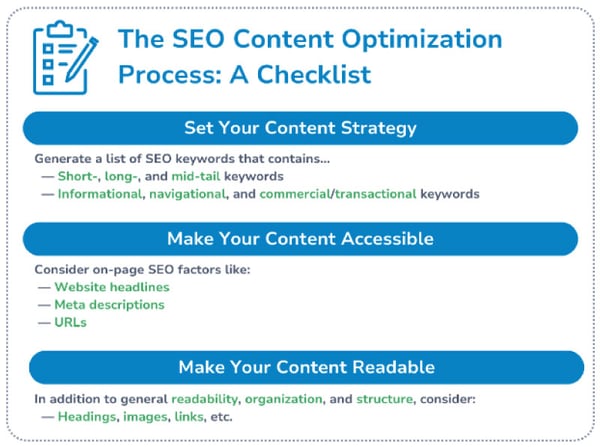
What Is a Content Optimization Tool?
One of the best things about being a content marketer in the 2020s is that a wealth of different tools are available to streamline their keyword research and content creation processes. For example, you might choose to leverage one or more of the following:
Keyword Research Tools
We’ve already covered these throughout this article. Using a keyword research tool like DemandJump makes it easy to determine what to write about, including the specific questions your content should address. That way, you can spend less time spinning your wheels generating topic and keyword lists and more time writing the kind of content your customers are looking for. While keyword research is one of the most fundamental elements of SEO, it’s undeniably the foundation of effective content creation and optimization strategies.
SEO Optimization Tools
You can use an SEO blog optimization tool or a content optimization checker to identify areas in which you can more finely-tune your content and/or content strategy to align with what’s performing well within search engine algorithms. In doing so, you can boost the performance of existing content, and identify opportunities to publish unique new content where there is a demand (people searching for specific insights).
You can also use popular tools like Grammarly or Hemingway Editor to fine-tune your content for human understanding and readability. These services can determine your content’s reading level, identify unwieldy sentences and instances of passive voice, and check the overall grammar.
Jumpstart Your Strategy With DemandJump’s SEO Content Optimization Tools
From keyword research to one-click outlines and content pillar strategies, DemandJump provides a one-stop shop for content marketers looking to enhance their content marketing strategy with data-backed insights and recommendations. Using our platform, you can develop a deep and nuanced understanding of your customers and what they’re looking for.
From there, you can set your strategy. While it’s not something you have to subscribe to, we recommend Pillar-Based Marketing as a content strategy framework. This framework for content optimization involves writing several pieces of interrelated content, and then linking them together in a way search engines will take note of. Within the DemandJump platform, PBM is easy to get started with—we’ll provide you with recommendations for blog topics as well as more in-depth pieces of content, like Pillar and Sub-Pillar pages.
From there, you can assign specific keywords to specific pieces, run focused content briefs to uncover the keywords and questions to prioritize in each piece. As you publish content, you can continue to track the keyword network, in order to optimize your content as search engine algorithms change or other variables come into play.
DemandJump: The Next-Level Content Optimization Tool You Need to Compete
If you’re tired of the guesswork, we recommend giving DemandJump a try today. As the world’s first and only Pillar-Based Marketing platform, you can count on DemandJump to drive real results. Whether you’re looking to develop your strategy or you’re ready to write and optimize content for SEO, start with DemandJump. Click the button below to begin exploring the platform and putting together your keyword list today!

